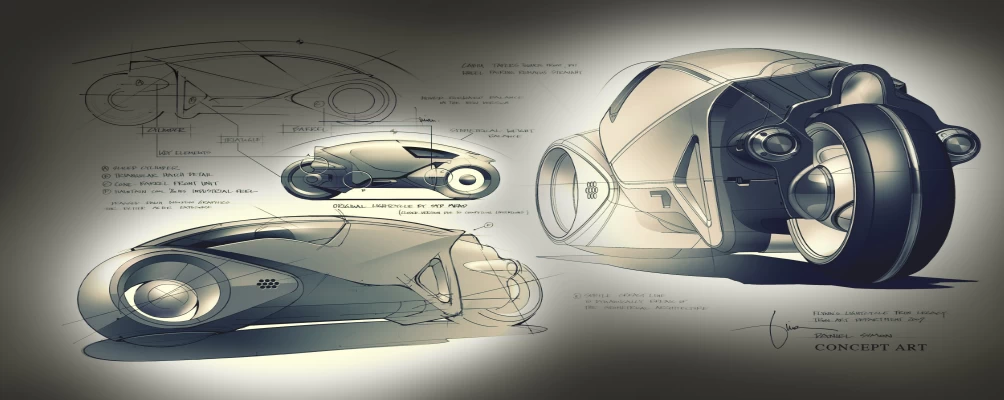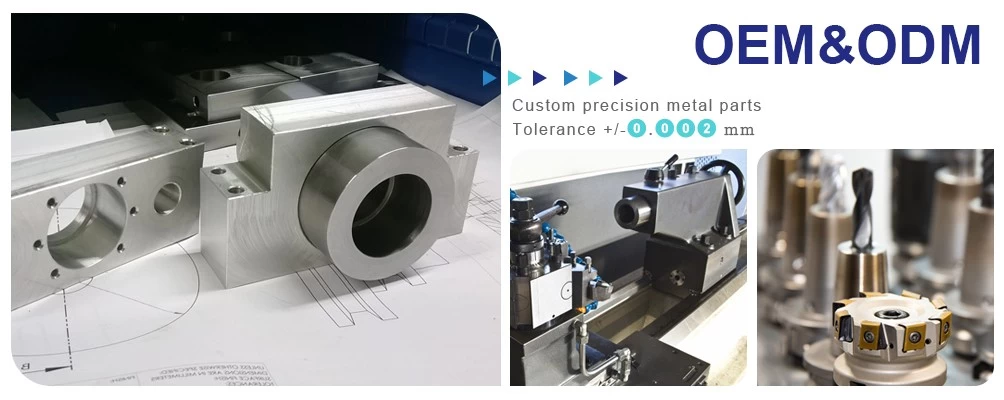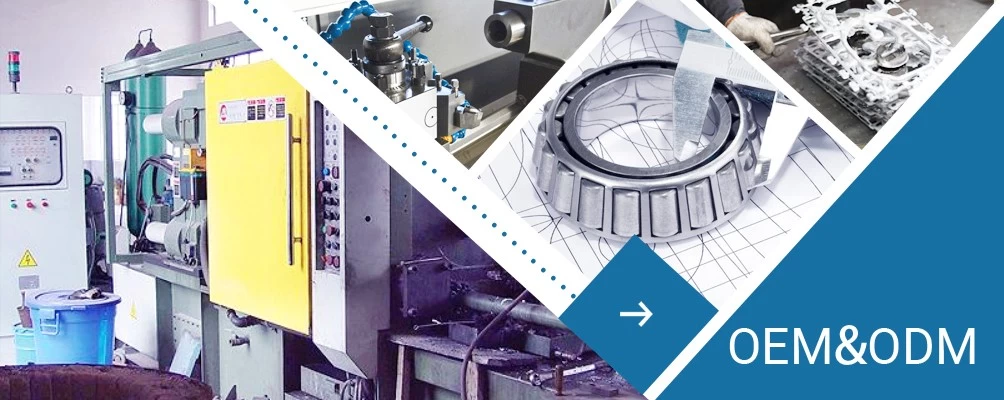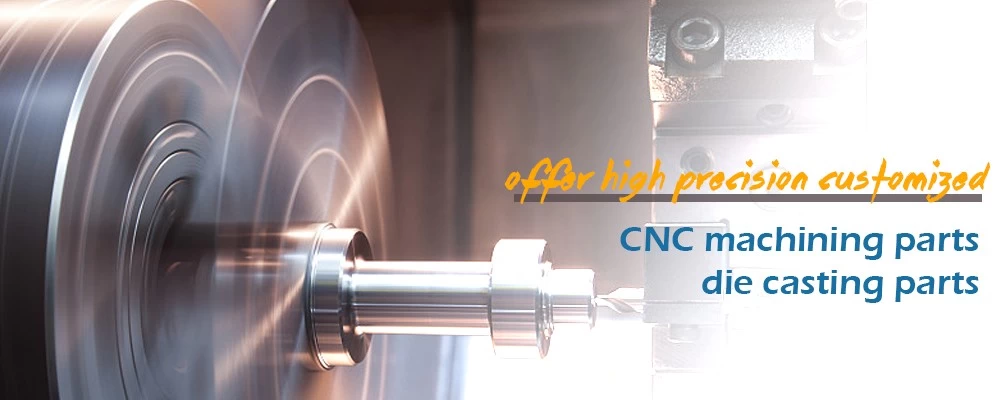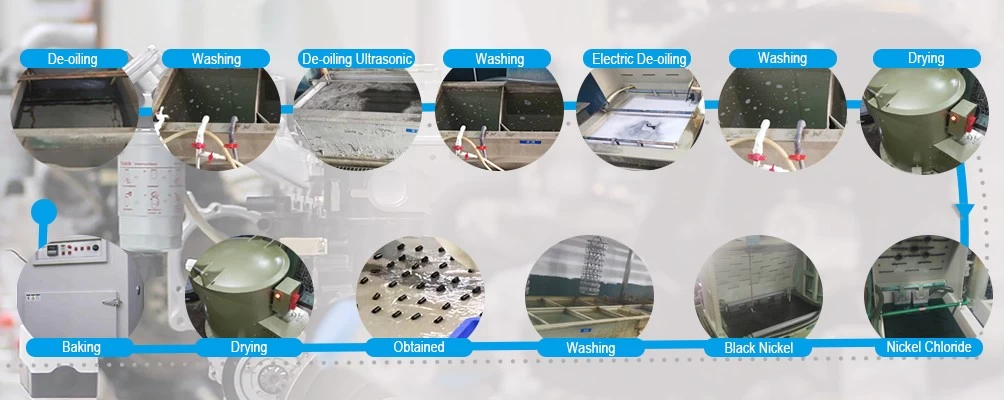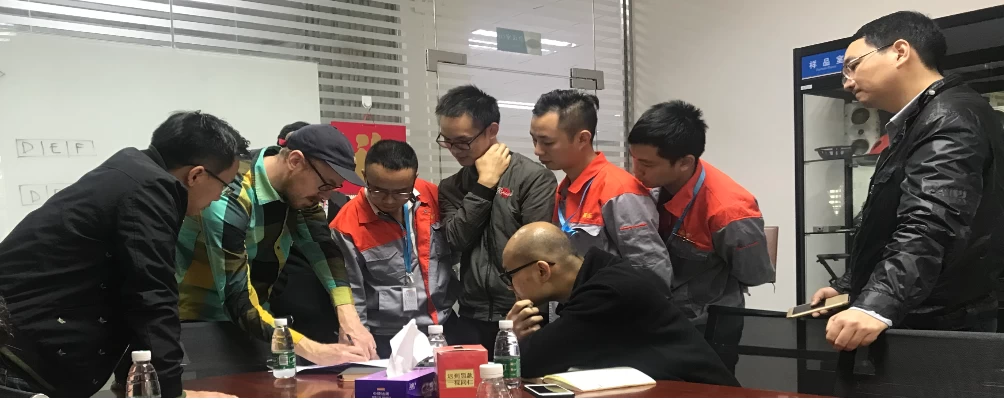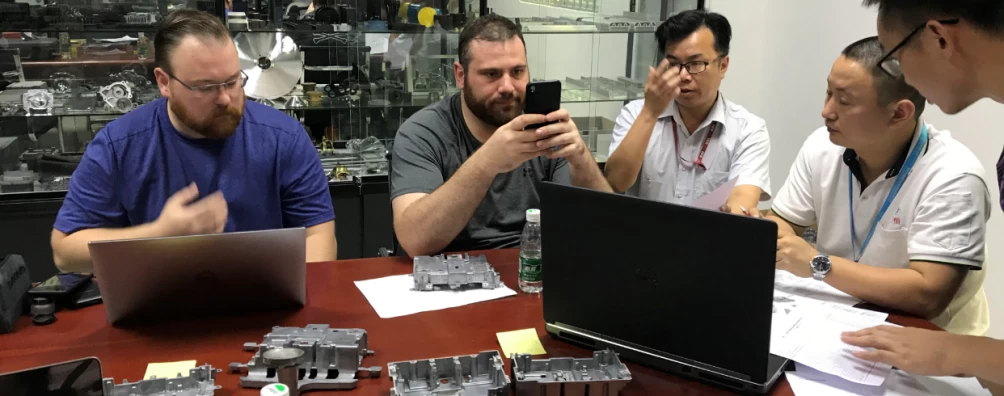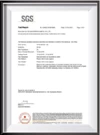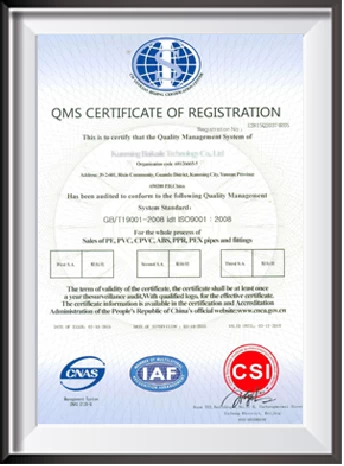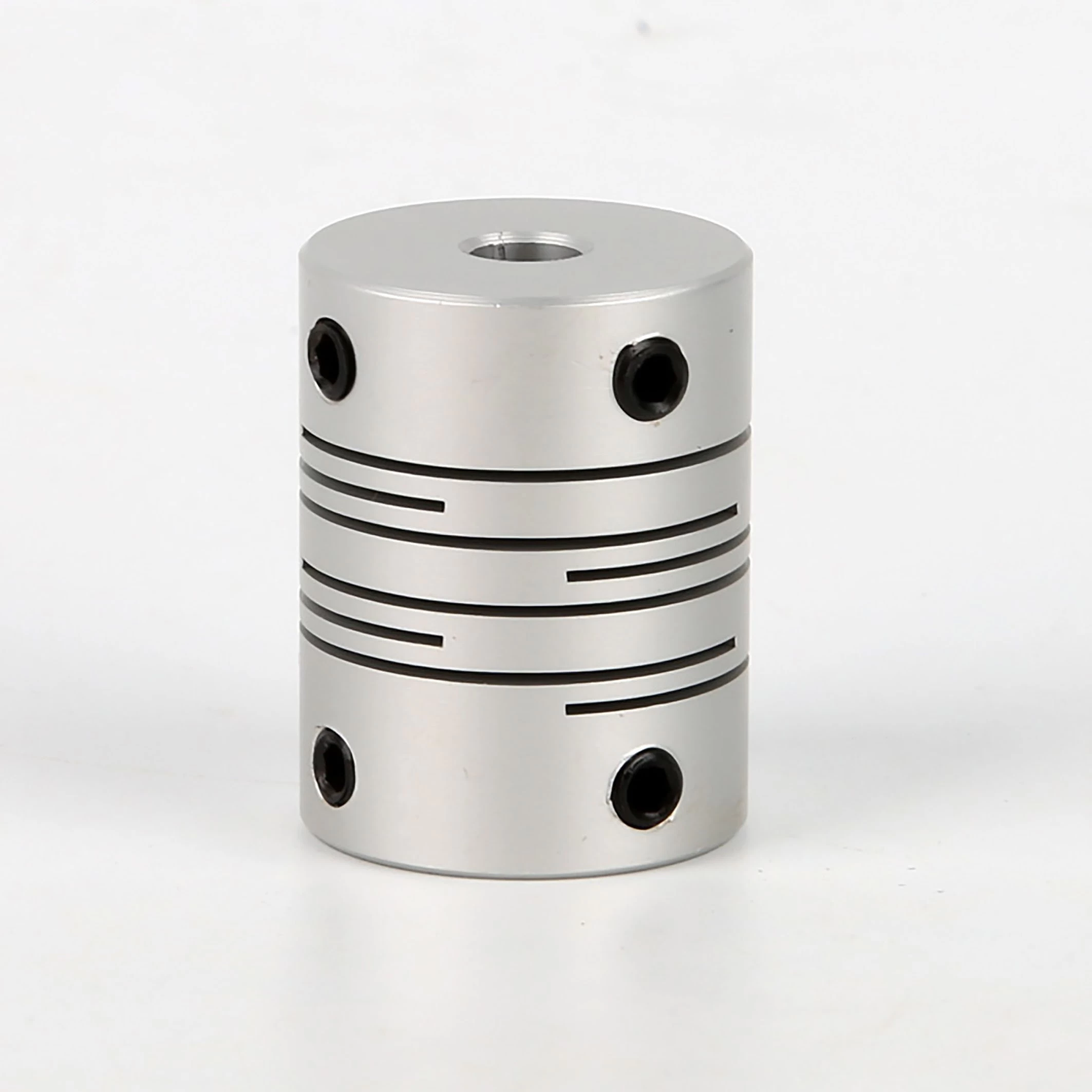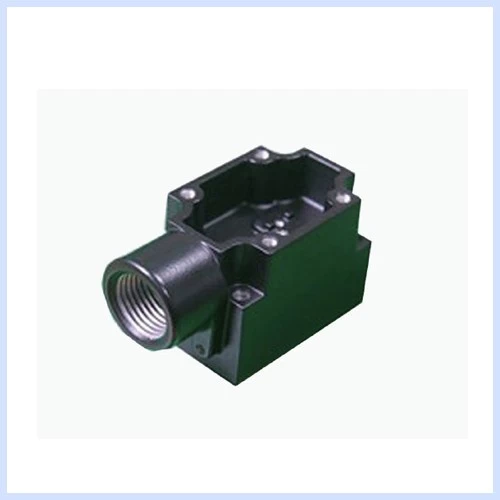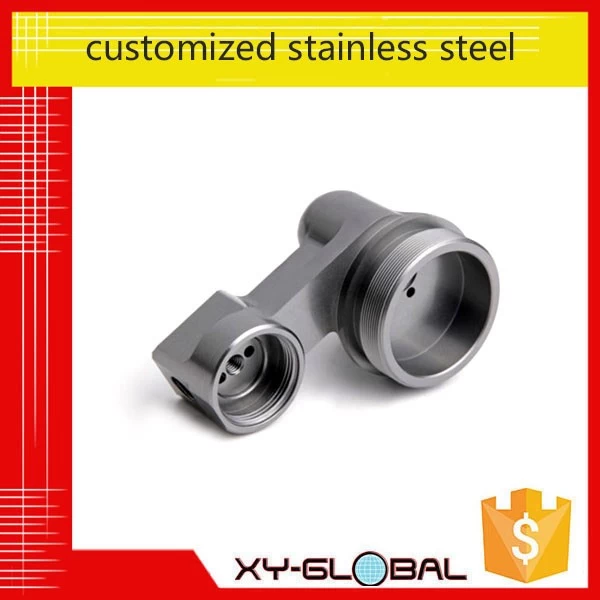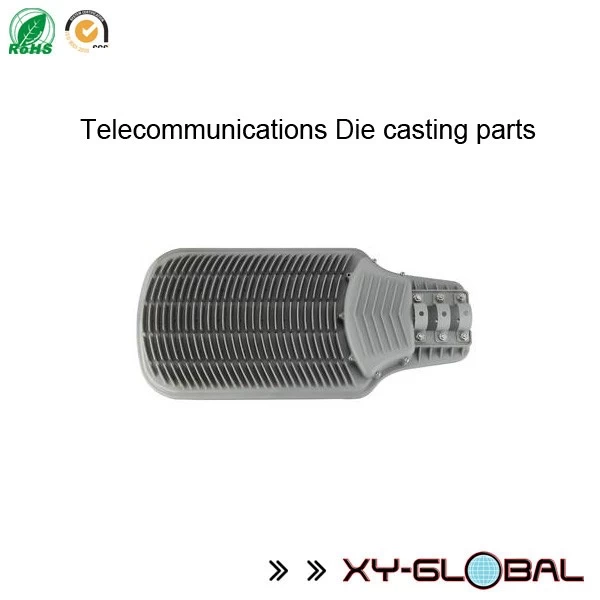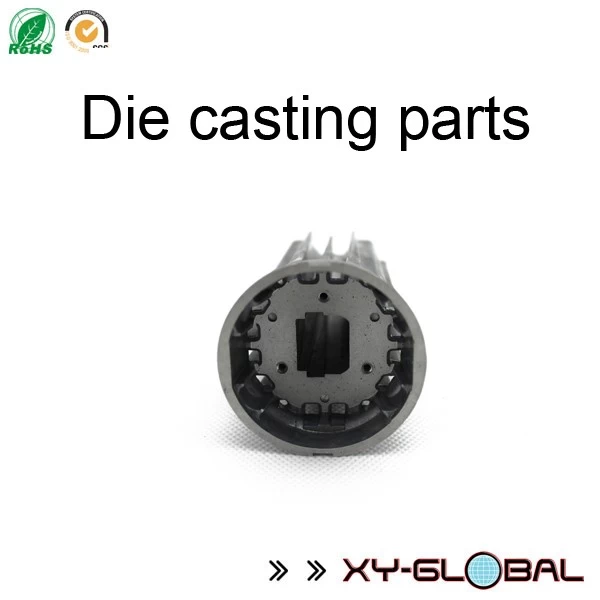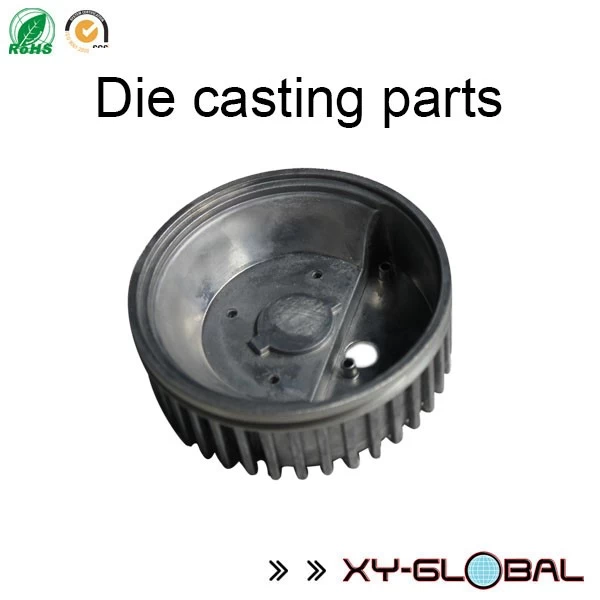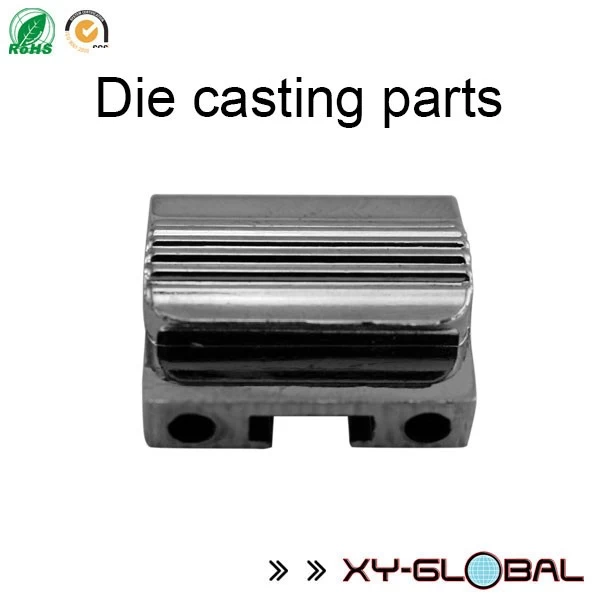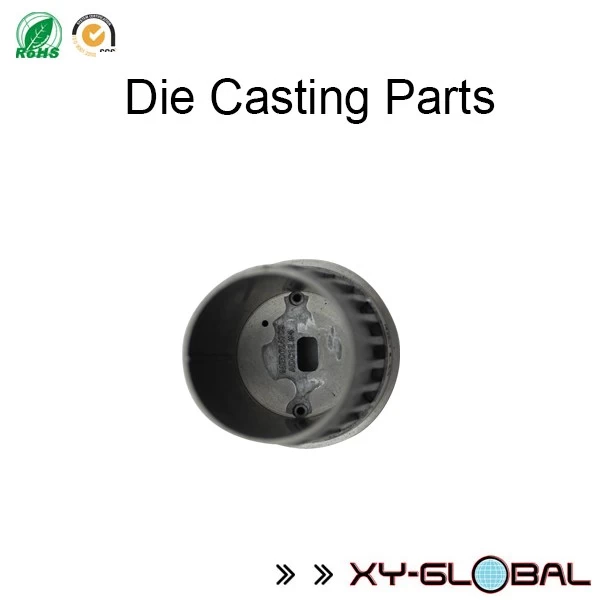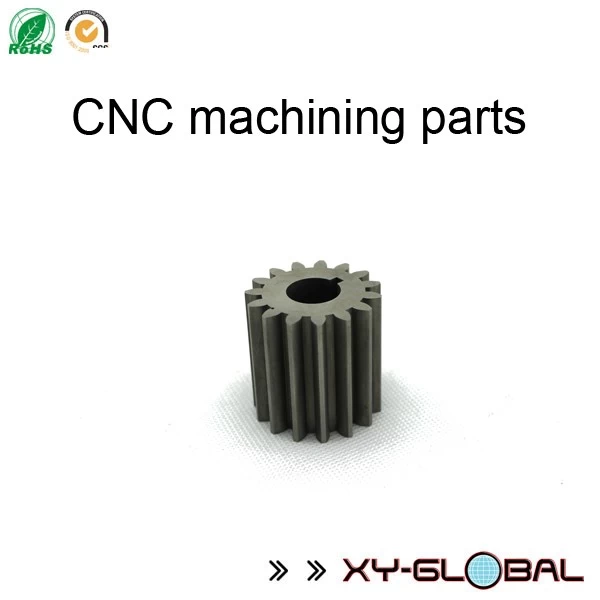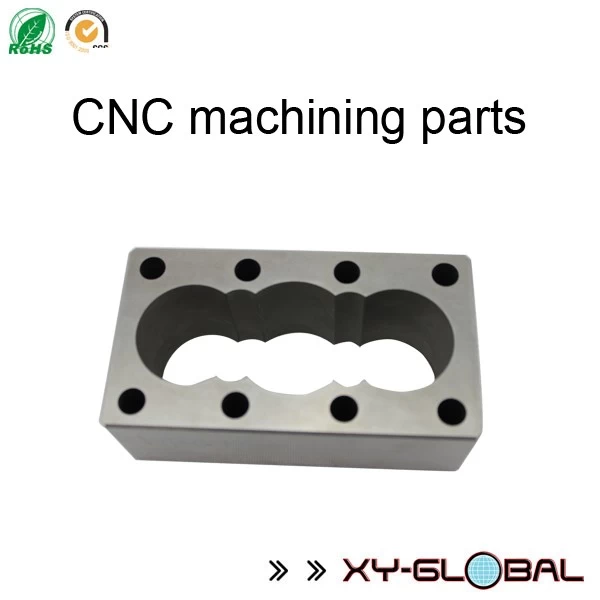Direct laser engraving of flexographic plates and cylinders
Coolidge
www.diecastingpartsupplier.com
2018-08-15 14:19:45
Direct laser engraving of flexographic printing cylinders and plates has been an established process since the 1970s. This first began with the use of a carbon dioxide laser used to selectively ablate or evaporate a variety of rubber plate and sleeve materials to produce a print ready surface without the use of photography or chemicals. With this process there is no integral ablation mask as with direct photopolymer laser imaging (see below). Instead a high-power carbon dioxide laser head burns away, or ablates, unwanted material. The aim is to form sharp, relief images with steep first relief and contoured shoulder supported edges to give a high standard of process color reproduction. A short water wash and dry cycle follows, which is a lot less involved than in the post-processing stages for direct laser imaging or conventional flexo platemaking using photopolymer plates. After engraving, the photopolymer is exposed through the imaged black layer and washed out in the traditional photopolymer process requiring photography and chemicals. See below.
Before the year 2000 lasers only produced lower quality in rubber-like materials. In these rubber-like materials, which had a rough structure, higher quality was impossible. Since the year 2000 fiber lasers have been introduced to give a much increased engraving quality direct into black polymeric materials. Also at the Drupa 2004 the direct engraving of polymer plates was introduced. This had also an effect on the rubber-developers who, in order to stay competitive, developed new high quality rubber-like materials. The development of suitable polymeric compounds has also allowed the engraving quality achievable with the fibre lasers to be realised in print. Since then direct laser engraving of flexo-printingforms is seen by many as the modern way to make printing-forms for it is the first real digital way.
As a competitive process, more recently laser system have been introduced to selectively engrave the thin opaque black layer of a specially produced photopolymer plate or sleeve.
Before the year 2000 lasers only produced lower quality in rubber-like materials. In these rubber-like materials, which had a rough structure, higher quality was impossible. Since the year 2000 fiber lasers have been introduced to give a much increased engraving quality direct into black polymeric materials. Also at the Drupa 2004 the direct engraving of polymer plates was introduced. This had also an effect on the rubber-developers who, in order to stay competitive, developed new high quality rubber-like materials. The development of suitable polymeric compounds has also allowed the engraving quality achievable with the fibre lasers to be realised in print. Since then direct laser engraving of flexo-printingforms is seen by many as the modern way to make printing-forms for it is the first real digital way.
As a competitive process, more recently laser system have been introduced to selectively engrave the thin opaque black layer of a specially produced photopolymer plate or sleeve.

